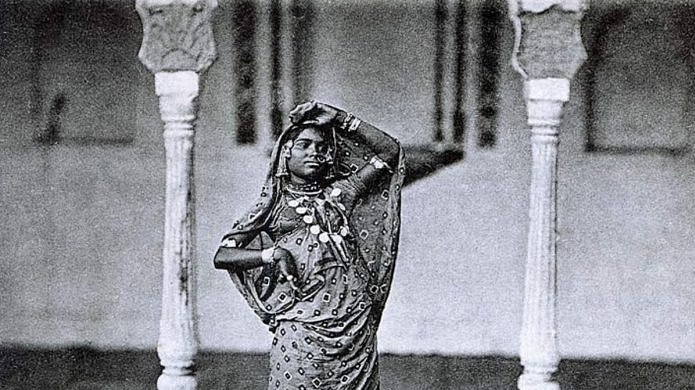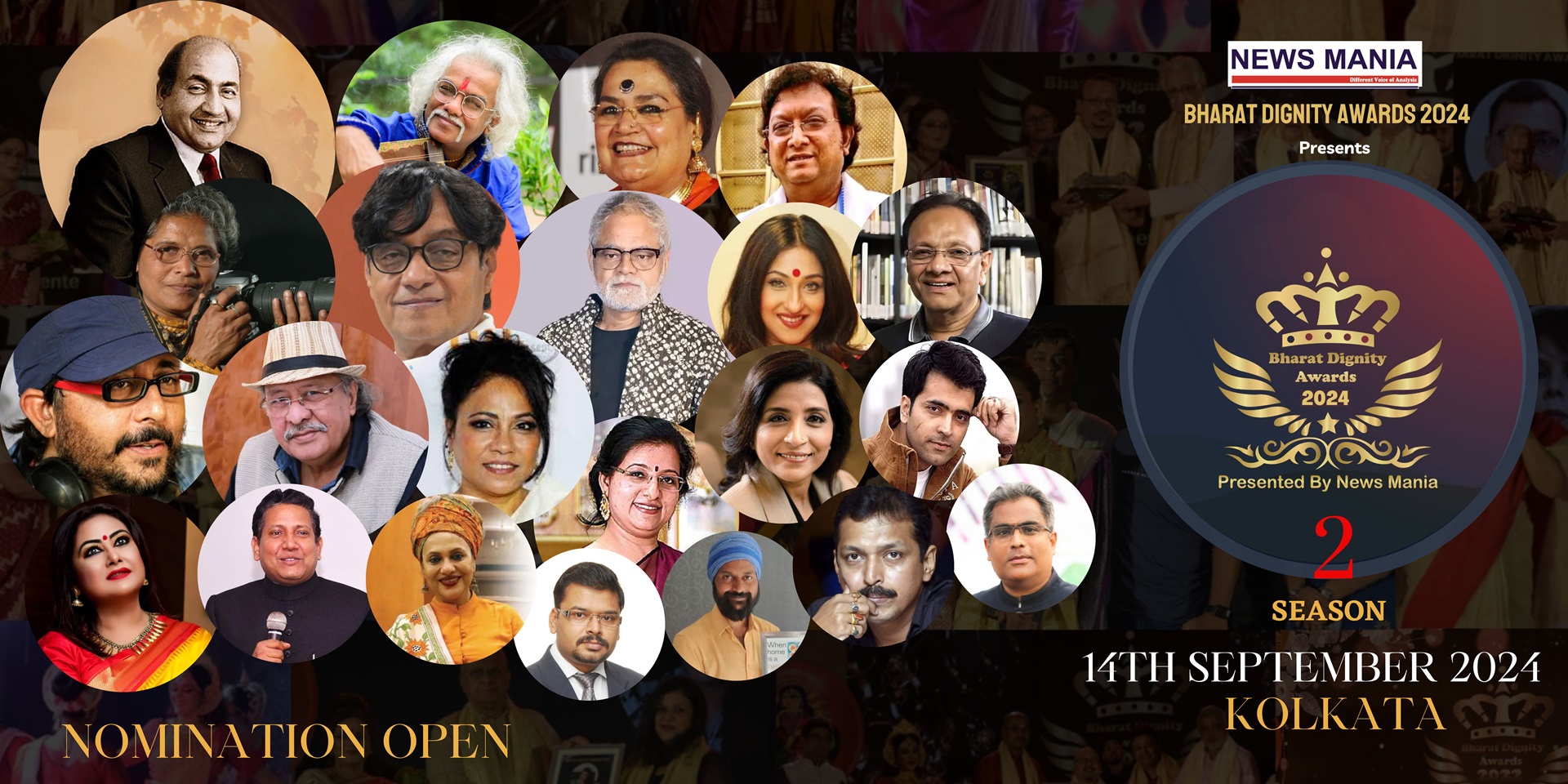How British photography depicted Indian women—nautch girl, aayah, bhadramahila
News Mania Desk / Piyal Chatterjee / 7th February 2025

Photographic depictions of colonised Indian women, affected by the dual challenges of colonisation and femininity, encountered additional representational abuse in the realms of colonial photography. Colonial photo albums featured images of esteemed high-caste women or rural, at-risk, undernourished females from the famine era. The albums also displayed a unique preference for ‘nautch girls’, ‘bazar women’, and courtesans.
The albums typically depicted classifications of Indian women categorized as exotic, respectable, and vulnerable. Slowly, in the late nineteenth and early twentieth centuries, visual and photographic depictions of the stereotypes surrounding Indian womanhood started to circulate via popular picture postcards. In this context, a greater number of characteristic images of women involved in different types of labor were released. Consistently, similar to the initial depictions in colonial albums, picture postcards depended on societal distinctions. The more common and unwanted sisters of the Brahmin woman, like the ayah and the sweeper, nautch girls, and the ‘Hindoo’ woman, turned into subjects of picture postcards.
Early Indian photography emerged as a leading means of showcasing regional identities in India, defining the ‘other’. These were targeted regions where a rationale for imperial ambitions had to be established and the civilizing mission of European colonizers required justification. Indians, particularly women in India, experienced a dual process of othering, while the Indian male was often depicted as effeminate, existing primarily in limited roles within the workforce, such as trader, criminal, lawbreaker, or as part of a superstitious collective lacking rationality. As a result, women were pushed another step back regarding their already obscured representations within Indian societies. Generally, early Indian photography reflected the stereotypes and gender roles of women found in different Indian traditions of representation.
Malavika Karlekar (2005), in her groundbreaking examination of photography in Bengal, contends that incorporating a visual component into a history, context, or even relationship previously documented, debated, and scrutinized is not simply about inserting ‘beautiful or revealing’ images. Instead, she contends that ‘reading’ photographs adds an additional layer to the understanding of colonialism in Bengal.
The emergence of colonial modernity and its educational, professional, and commercial institutions resulted in a ‘managed blurring of the boundaries of the racial divide’. Photography studios surfaced as one of the few communal public areas following the 1860s. Karlekar contends that studios developed into a democratic environment where colonialism’s ‘porousness’ was performed. From the 1870s to the early 1900s, photography significantly contributed to shaping the social and familial history of the area. The bhadra samaj in Bengal embraced photography as a valuable breakthrough that disrupted the public/private divide with minimal upheaval.
It was essential to demonstrate the teleological aspect of being a bhadralok, who coexists socially with the bhadramahila in the nineteenth and early twentieth centuries, differing in some ways from the babu—the Bengali dandy of the nineteenth century. The different levels of public exposure of the private and the private exposure in the public through photography also aided, to a degree, the goals of the reformers, the English-educated middle class, and babus to manage the visibility of their women (mainly wives, relatives, and occasionally, mistresses).
The progression of the contemporary family, advancements in girls’ education, the rising visibility of women’s social roles, and other related or unrelated discussions were significantly influenced by the dynamics of the new visual environment. The introduction of photographs into Bengali middle-class households starting in the 1870s serves as evidence of the connection between the coloniser and the colonised, as photography technology entered Bengali homes with a sense of assimilation.
Parts of bhadra samaj that were gradually shifting from land-based jobs to careers in government service, law, medicine, and education were concurrently transforming their ways of life. The emphasis on a rational perspective was crucial to the alterations in the refiguring process where women became central displays.
Between the 1870s and the early years of the twentieth century, photography was crucial in shaping the social and familial history of the area. For Karlekar, interpreting images adds an additional layer to understanding the experience of colonialism in Bengal. For the bhadra samaj, photography served as a tool to illustrate family dynamics and the professional roles they had recently adopted. Aspects such as family evolution, advancements in girls’ education, and women’s developing roles were, to a degree, supported by the interactive nature of the studio and the camera. In a society that once practiced purdah, the visibility of women evolved into a symbol of their shifting status, and ‘as Calcutta progressively offered chances for redefining household, family, marriage, parenting, and childhood, cameras were present to capture these moments.’
In numerous formal or casual couple photographs from the late nineteenth and early twentieth centuries, the pair appeared joyfully detached from the intricate and limiting nature of the unified family system. Recently married couples exploited photography and studio environments “to establish public and formal images of the bourgeois couple from their ranks.” Presentations of oneself in front of the camera can elevate representation beyond the limits of conventional visual framing. Representational spaces, studios, and photographs created opportunities for identity development and the expression of subjectivity in a transformed historical setting.
Reinterpretations of women in divided private and public realms during the late nineteenth and early twentieth centuries brought about a transformation in their imagery. The steadfast expression in traditional wedding photos and couple photography was replaced by an appreciation for the ordinary. Enabled by the increasing mobility of cameras over the years and the rising number of amateur photographers among relatives and friends, photographic depictions of women started to capture the mundane moments of everyday life while also including formal events.






